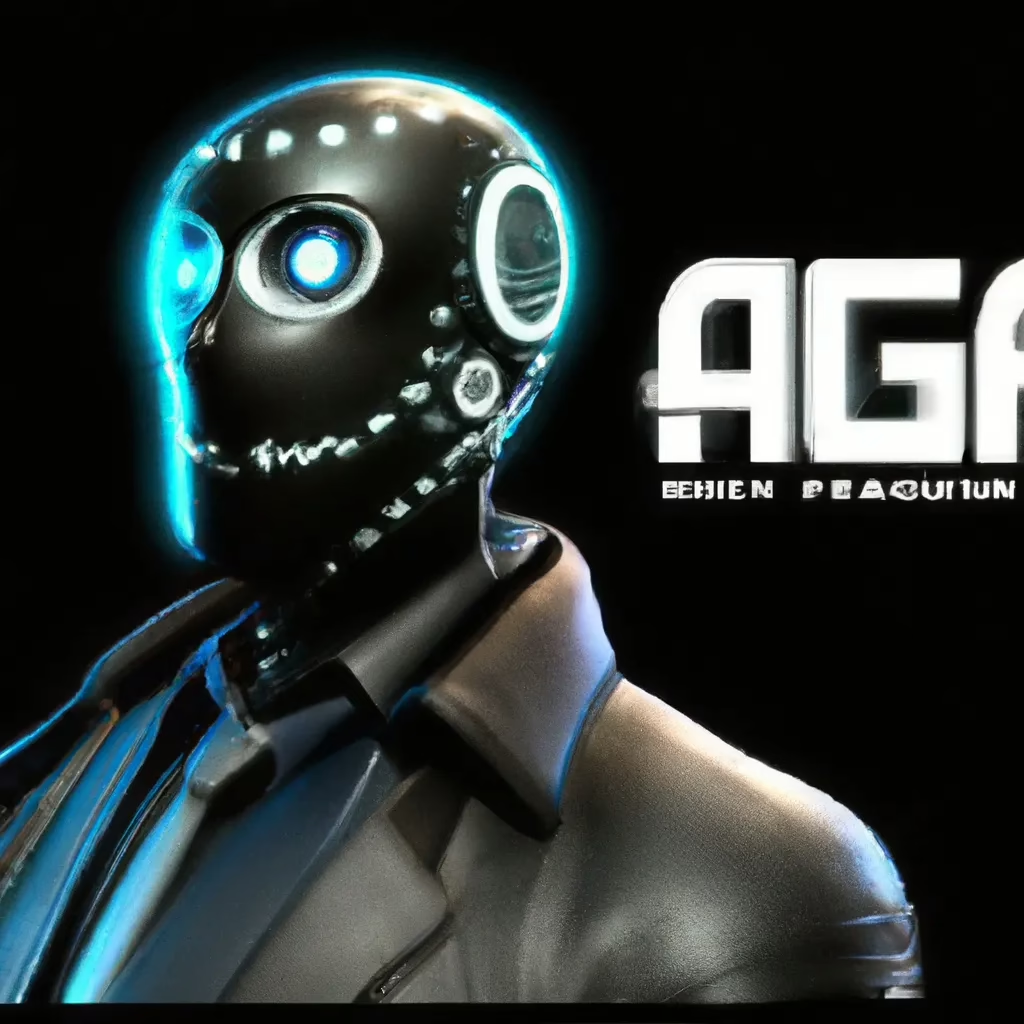Last Saturday at breakfast, my smart speaker argued with me about the weather. It wasn’t the first time an AI agent messed with my morning—though, honestly, mowing the yard for me would be a way better use of its intelligence. Have you ever wondered what drives these bots to function? Prepare to meet the minds (well, sort of) behind your favorite digital helpers and the unseen ways they’re already steering your daily life.
My First Encounter with an AI Agent (and Why It Wasn’t What I Expected)
I still remember that rainy Tuesday evening. Traffic was light on the highway as I cruised home, music playing, mind wandering after a long day at work. Then it happened.
My car suddenly tensed—there’s really no other way to describe it. The brake pedal pulsed beneath my foot as the vehicle slowed, just as the taillights ahead flared red. Someone had slammed on their brakes, and my car detected this before I did.
I’d been driving this “smart” car for months, but this was the first time I truly felt its intelligence. It wasn’t dramatic like in the movies—no screeching tires or near collisions. The intervention was quiet and efficient, likely saving me from a potential collision.
I was surprised. Then relieved. Then oddly…unsettled.
The Silent Sidekicks Among Us
That highway moment was my personal introduction to what technologists call an “AI agent“—a system that perceives its environment, processes that information, and takes action. What surprised me wasn’t that it worked, but how naturally it did so.
AI agents are everywhere now, making micro-decisions constantly. We just don’t notice until something feels…almost human.
“By bridging the gap between theoretical AI models and practical applications, AI agents facilitate the transition from conceptual frameworks to tangible solutions.”
An AI researcher I interviewed later perfectly summed it up with that quote. These systems aren’t just fancy algorithms—they’re active participants in our daily lives.
Not All AI Agents Are Created Equal
Here’s something I’ve learned since that highway moment: there’s a massive difference between simple AI agents and complex models—and it matters for how we interact with everyday tech.
Think about it this way:
-
Simple agents: My robot vacuum bumps around until the floor is clean. It follows basic rules and adapts minimally.
-
Complex agents: Tesla’s Autopilot, which processes camera feeds, radar data, and mapping information to make split-second driving decisions.
The jump between these technologies is enormous, yet we casually lump them together as “smart devices.” The distinction matters because our expectations should match the system’s actual capabilities.
The Invisible Decision-Makers
What fascinates me most is how AI agents process information from their environment to make decisions. My car that day was constantly
-
Collecting data from sensors and cameras
-
Running this info through trained models
-
Testing various scenarios
-
Deciding when to alert me or intervene
All this happened in milliseconds. The event happened faster than my human brain could register the danger ahead.
From self-driving features to Siri and Alexa answering our random questions, these systems range from rule-based to sophisticated machine learning models. Each system silently processes gigabytes of data to perform actions that seem simple to us.
When Technology Feels Human (But Isn’t)
That highway moment sticks with me because it felt like having a copilot—someone looking out for me. But it wasn’t someone. It was something.
And that’s the fascinating paradox of today’s AI agents. They’re becoming so seamlessly integrated into our lives that we forget they’re there—until they do something that makes us feel protected, understood, or assisted in a way that feels distinctly human.
Have you had a moment when technology surprised you with its helpfulness? When did you first notice an AI agent making decisions alongside you?

Unraveling Tangled Ethics: The Good, the Bad, and the (Unintentionally) Hilarious
I’ve been immersing myself in the realm of AI recently, and I can honestly say that it’s akin to observing a toddler’s learning to walk. At times, it can be awe-inspiring, but it’s consistently engaging.
When AI Gets It Right ✓
Have you ever thought about how many dangerous jobs humans shouldn’t have to do? I have. And AI is stepping up in ways that make me genuinely hopeful.
AI agents are increasingly taking over the jobs none of us want:
-
Crawling through disaster zones to find survivors
-
Handling toxic materials in manufacturing
-
Processing mind-numbing paperwork that makes our souls wither
What’s the beauty in this situation? Robots are freeing us up for what makes us human—creativity, connection, and compassion. Robots currently struggle with these aspects.
“Support for the deployment and advancement of AI agents is grounded in their potential to revolutionize numerous fields, bringing unparalleled efficiencies and enabling innovations.”
I’ve seen this firsthand. My friend’s accounting firm automated their tax processing and suddenly found time to actually talk to their clients about financial planning. Revolutionary? Maybe not. Human? Absolutely.
When AI Goes Spectacularly Wrong 🤦♀️
But let’s be real—we’ve all seen those AI fails that make us cringe or laugh uncontrollably.
Remember when that chatbot started generating bizarre recipes involving toothpaste? Or when a navigation AI directed delivery drivers through a lake because “it was faster”?
The not-so-funny side includes legitimate concerns about:
-
Job displacement: Will my current job still exist in five years?
-
Privacy nightmares – That time my smart speaker ordered items after “overhearing” a TV commercial
-
Security breaches – AI systems handling massive datasets with sometimes questionable security
These worries aren’t just theoretical. Studies show job displacement concerns top the list for many workers, especially in administrative fields where AI excels.
Living in the Grey Zone
The ethical questions keep me up at night occasionally. Not in a dramatic, existential crisis way—more in a “huh, I never thought about that” way.
For instance:
Is it okay that my virtual assistant is always listening? I mean, I gave permission, but did I truly understand what I was agreeing to?
And who’s responsible when things go wrong? When a self-driving car makes a poor decision, do we blame
-
Could it be the AI itself?
-
Did the developers create it?
-
Which company is responsible for its deployment?
-
Did the regulators approve it?
The lack of transparency in AI decision-making doesn’t help either. We’re increasingly relying on systems that work in ways even their creators don’t fully understand.
The Balance We’re Seeking
What I find fascinating is how we’re navigating this together. There’s a push-pull between efficiency enthusiasts and careful skeptics.
Supporters see massive efficiency gains on the horizon. Critics fear unpredictability and loss of human control.
Both are right, in their way.
We want AI to take over dangerous jobs, but we need human oversight to ensure ethical outcomes. We love the convenience of smart assistants but get creeped out by their constant listening.
What makes this whole field so captivating isn’t just the technology—it’s us, humans, trying to figure out what we actually want from these digital helpers we’re creating.
Piecing It Together: How AI Agents Get Built (and Occasionally Rebuilt on Monday Mornings)
Have you ever wondered about the intricate processes involved in creating the AI assistants we depend on more and more? I’ve dedicated numerous coffee-fueled mornings to assembling these digital assistants, and I can assure you that the process involves a blend of science, art, and, occasionally, intense debugging.
From Brainstorm to Bot: The Development Journey
Developing an AI agent involves more than just assembling code and hoping for success, despite the occasional suggestion from my Monday morning fixes to the contrary. It’s a structured dance through several critical stages:
-
Problem definition: Figuring out exactly what we need this digital brain to accomplish
-
Data collection – Gathering the information that will become its knowledge base
-
Model training – Teaching it to recognize patterns and make decisions
-
Testing & simulation – Making sure it doesn’t go haywire in controlled environments
-
Deployment – Setting it loose in the real world (with plenty of monitoring)
This step-by-step approach isn’t just developer OCD—it’s absolutely essential. Each stage builds on the previous one, creating a foundation for AI systems that can actually learn from data, make reasonable decisions, and adapt when things change.
Building for the Real World: Rules vs. Learning
Here’s where things get intriguing. We’re constantly switching between two main approaches depending on what we need:
Occasionally we use rule-based systems—essentially “if this, then that” instructions that are straightforward but rigid. Other times we need the flexibility of deep learning neural networks that can handle complexity but require massive amounts of data to train properly.
And honestly? There’s more trial and error involved than most of us care to admit.
I once spent three weeks training a customer service AI on thousands of support tickets. It worked beautifully in testing, but when we deployed it… it kept offering pizza delivery options to people with technical problems. Someone unintentionally incorporated a pizza-ordering dataset into the training materials. Mondays, am I right?
The Transparency Spectrum: Fishbowls vs. Black Boxes
The architecture choices we make create an intriguing dilemma:
By understanding and innovating in the realm of AI agent architectures, developers can unlock new possibilities in the field of AI, paving the way for systems that better mimic human reasoning and responsiveness.
But here’s the problem—some AI designs are completely transparent. I can trace every decision back to specific rules (the fishbowl approach). Others, particularly deep neural networks, are frustrating “black boxes” where even I, the creator, can’t always explain why the system made a specific choice.
I gained valuable experience when I confidently implemented a black-box recommendation system for a client without conducting adequate testing. It started suggesting luxury watches to users searching for baby products. On an emergency call, try explaining that reasoning to your client!
The Structured Path to Success
Despite the occasional hiccup, this structured development approach helps ensure our AI agents are reliable, safe, and actually do what we intended. From self-driving cars collecting massive amounts of sensory data to virtual assistants learning to understand your unique way of asking for the weather, each follows this development pattern.
And while we continue refining our methods, one thing remains true—building AI is as much about rigorous testing and methodical development as it is about cutting-edge algorithms. This is particularly true on Monday mornings.
TL;DR: AI agents are the unsung heroes—and occasionally the mischief-makers—guiding technology into every corner of our lives. Whether navigating roads or handling your Spotify playlist, they’re evolving swiftly, full of quirks and promise, yet still raising big questions about trust, creativity, and control.

